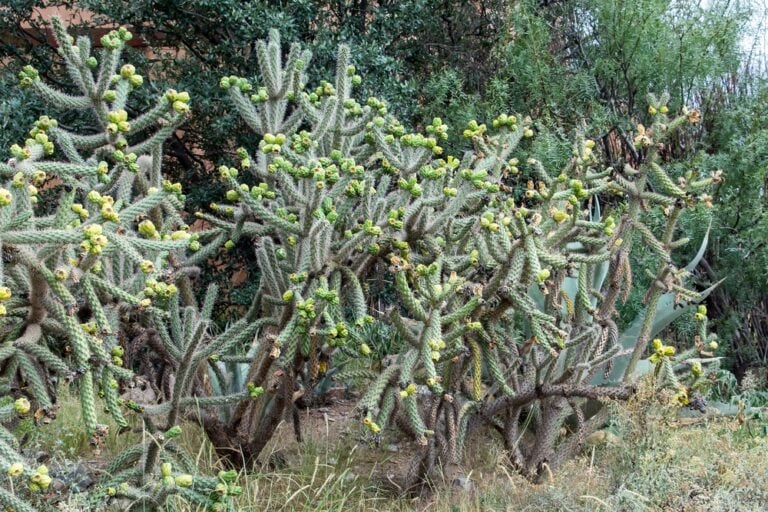Texas is home to a diverse range of cacti, each species exhibiting unique characteristics and adaptations that make them a fascinating study for enthusiasts and naturalists alike. This vast state offers an expansive palette of geographical regions, from arid deserts to lush valleys, which provides the perfect environment for a variety of cactus species to thrive. Below is a detailed exploration of some of the most popular types of cacti found in Texas.
Understanding cacti begins with an appreciation for their adaptations. Found primarily in arid and semi-arid environments, these plants are equipped to survive in environments that many other flora cannot tolerate. Cacti possess specialized structures such as thick, fleshy stems that store water, spines that provide shade and deter herbivores, and a unique photosynthesis process known as CAM (Crassulacean Acid Metabolism) that allows them to conserve moisture.
1. Saguaro Cactus: The Icon of the Southwest
The iconic Saguaro Cactus is often mistakenly believed to define all cacti. However, its prevalence in Texas, particularly in the southwestern regions, showcases its majestic attributes. This colossal cactus can reach heights of up to 40 feet and live for over 150 years. Characterized by its upward-reaching limbs and a tall, central trunk, the Saguaro blooms with stunning white flowers in the spring, which open at night to attract nocturnal pollinators like bats.
Beyond its grandeur, the Saguaro serves not only as an aesthetic marvel but also as an ecosystem. Numerous bird species, including woodpeckers, nest in its cavities, while desert mammals find refuge beneath its expansive branches. Water conservation is a formidable characteristic of the Saguaro, allowing it to gather moisture directly through the skin during rare rainfalls, making it a quintessential survivor in harsh climates.
2. Prickly Pear Cactus: Versatile and Delicious
The Prickly Pear, commonly referred to as “Nopal,” is one of the most recognizable and versatile cacti found in Texas. With its flat, paddle-like pads and vibrant blooms ranging from yellow to deep magenta, this cactus is not only visually striking but also boasts culinary and medicinal uses. The pads are edible and can be prepared in a myriad of dishes, showcasing their versatility.
The fruit, known as “tuna,” adds a tropical flair to both food and drinks. When harvested and carefully peeled, these beautiful red or purple fruits yield a sweet pulp that can be converted into jams, syrups, or beverages. The Prickly Pear is not just a food source; it is deeply woven into the cultural fabric of Texas, symbolizing resilience and adaptability.
The Prickly Pear also provides important ecological contributions. Its dense pads offer shelter for various animals and pollinators, while its flowers attract bees and other beneficial insects crucial for maintaining the health of surrounding habitats.
3. Organ Pipe Cactus: Beauty in the Desert Landscape
The Organ Pipe Cactus presents a stunning example of beauty amidst adversity. Named for its unique multi-armed structure resembling an organ pipe, this cactus typically flourishes in the southern portions of Texas where the climate is significantly drier. With its columns reaching up to 25 feet high, the Organ Pipe’s vertical growth is a striking feature visually and ecologically.
Clustering in groups, the Organ Pipe Cactus serves as a living monument to the resilience of nature. Its growth patterns allow it to absorb and store rainwater effectively, which is vital for survival in its sparse habitat. During the spring, the Organ Pipe blooms with clusters of delicate white or purple flowers, creating a breathtaking landscape that supports local wildlife, particularly nocturnal moths, which play a crucial role in its pollination cycle.
4. Barrel Cactus: The Resilient Survivor
The Barrel Cactus, characterized by its round, barrel-like shape, stands as a testament to the hardiness of desert flora. With spines that radiate in all directions, this cactus is both an impressive sight and a practical adaptation against herbivores. It can measure anywhere from 1 to 10 feet in height and may display vibrant yellow or red flowers that bloom during specific seasons.
This cactus is remarkably adapted to its environment, often storing significant amounts of water within its inner pulp. During periods of drought, it can survive for extended durations, drawing from its reserves. The Barrel Cactus emerges as an essential resource, offering hydration to thirsty wildlife and pioneering plants.
5. Cholla Cactus: The Epitome of Adaptation
Cholla Cacti are easily recognizable due to their distinctive jointed segments, which detach easily when touched, a clever mechanism for reproduction and dispersal. Various species, including the Teddy Bear Cholla, exhibit beautiful spines that glimmer in the sun, giving them a somewhat deceptive allure.
These cacti thrive in diverse habitats across Texas, from deserts to rocky slopes. Their adaptability highlights nature’s incredible ingenuity, as they can withstand extreme temperatures while providing crucial shelter and sustenance for a multitude of creatures.
The fascinating world of cacti in Texas embodies both aesthetic splendor and ecological importance. Each species, with its unique features and adaptations, plays a vital role in the ecosystem, contributing to the biodiversity of this vast region. Whether admired for their beauty, appreciated for their culinary uses, or studied for their survival strategies, cacti represent resilience and the indomitable spirit of nature. Embracing these remarkable plants enriches our understanding of life in one of America’s most iconic landscapes.





Leave a Comment